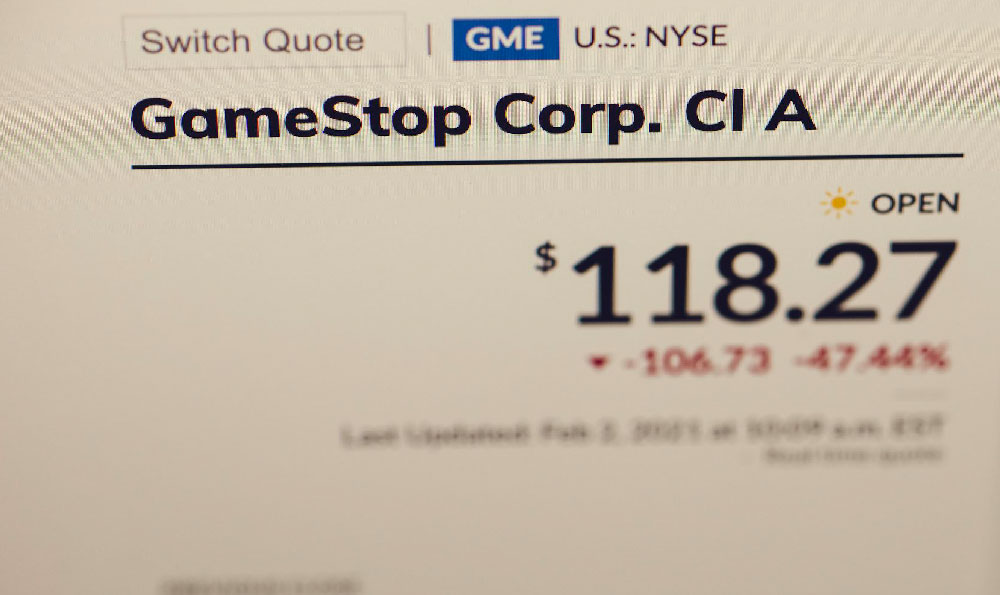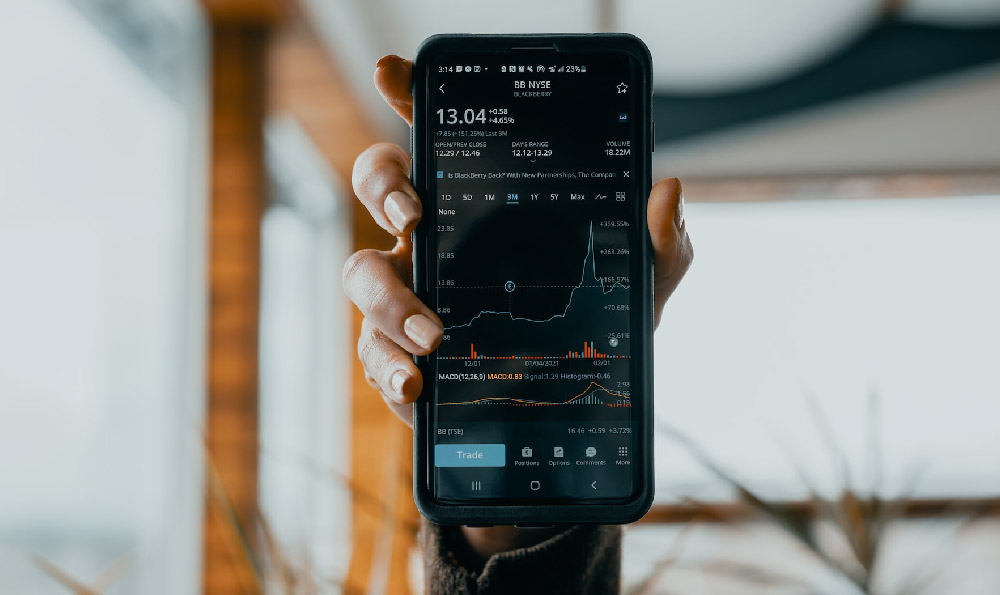The allure of creating an app and watching the revenue flow in is a potent one, fueling countless dreams of overnight success. The short answer to whether building an app can really make you money is a resounding yes, but the path to monetization is paved with challenges, strategic decisions, and a healthy dose of realism. It's not a guaranteed goldmine, but a legitimate business venture that demands planning, execution, and continuous adaptation.
The foundation of any successful app monetization strategy rests on identifying a genuine need and providing a compelling solution. The app market is saturated, so simply creating a "me-too" app rarely yields substantial returns. Thorough market research is crucial. Analyze existing apps in your target niche: what are their strengths and weaknesses? What problems are they failing to solve? Identifying unmet needs or opportunities for improvement forms the basis of your app's value proposition. Your app needs to offer something unique, be it enhanced functionality, a superior user experience, or a more targeted approach to a specific audience.
Once you have a solid app idea, the development process becomes paramount. A poorly designed, buggy app will quickly turn off users, regardless of its underlying concept. Invest in professional development, either by hiring experienced developers or partnering with a reputable app development agency. Prioritize user experience (UX) and user interface (UI) design. A seamless, intuitive interface is critical for user engagement and retention. Thorough testing throughout the development process is essential to identify and fix bugs before launch. Furthermore, consider platform compatibility. Will your app be available on iOS, Android, or both? Each platform has its own development considerations and associated costs.

With a polished app ready for launch, the next hurdle is user acquisition. Building an app is only half the battle; getting it into the hands of users is arguably the more challenging part. App store optimization (ASO) is crucial. This involves optimizing your app's listing on the app stores to improve its visibility in search results. Keywords, descriptions, screenshots, and app previews all play a role in attracting potential users. Beyond ASO, consider a multi-faceted marketing strategy. Social media marketing, influencer collaborations, paid advertising, and public relations can all help to drive downloads and build brand awareness. Remember that acquiring users costs money, so factor marketing expenses into your overall budget.
The revenue generation mechanism is where the rubber truly meets the road. Several common monetization models exist, each with its own advantages and disadvantages. The most popular include:
-
In-App Purchases (IAP): This model involves offering the app for free and then selling virtual goods, subscriptions, or additional features within the app. IAP works well for games, productivity apps, and content-based apps. Careful consideration must be given to pricing and the value proposition of the in-app purchases. Overly aggressive or predatory IAP strategies can alienate users.
-
Advertising: Displaying advertisements within the app is another common monetization method. However, intrusive or poorly targeted ads can negatively impact the user experience. Striking a balance between revenue generation and user satisfaction is key. Implement ad frequency caps and offer users the option to remove ads through a premium subscription or one-time purchase.
-
Subscription Model: This model charges users a recurring fee for access to the app's features or content. The subscription model is well-suited for apps that provide ongoing value, such as streaming services, news apps, and productivity tools. To succeed with a subscription model, you need to continuously provide fresh content or updates to justify the recurring charge.
-
Freemium Model: This hybrid approach offers a basic version of the app for free, with premium features or content available through a paid upgrade. The freemium model allows users to try the app before committing to a purchase, which can increase adoption.
-
Paid App: Charging users a one-time fee to download the app is the simplest monetization model, but it can be challenging to attract users when there are free alternatives available. A paid app needs to offer exceptional value to justify the upfront cost.
The choice of monetization model depends on the nature of your app, your target audience, and your long-term business goals. It's not uncommon to experiment with different models or even combine them to maximize revenue.
Sustained success requires continuous monitoring and optimization. Track key metrics such as user engagement, retention rates, and conversion rates. Analyze this data to identify areas for improvement. Gather user feedback through reviews, surveys, and in-app feedback forms. Use this feedback to improve the app's functionality, address bugs, and refine the user experience. App development is an iterative process. Regularly release updates with new features, bug fixes, and performance improvements to keep users engaged and coming back for more.
Finally, remember that the app market is constantly evolving. New technologies, platforms, and trends emerge regularly. Staying informed about these changes and adapting your strategy accordingly is essential for long-term success. Building a profitable app is not a passive endeavor. It requires ongoing effort, dedication, and a willingness to adapt to the ever-changing landscape. While there's no magic formula, the combination of a well-defined value proposition, a professionally developed app, a comprehensive marketing strategy, and a carefully chosen monetization model can significantly increase your chances of generating revenue and achieving your financial goals.












